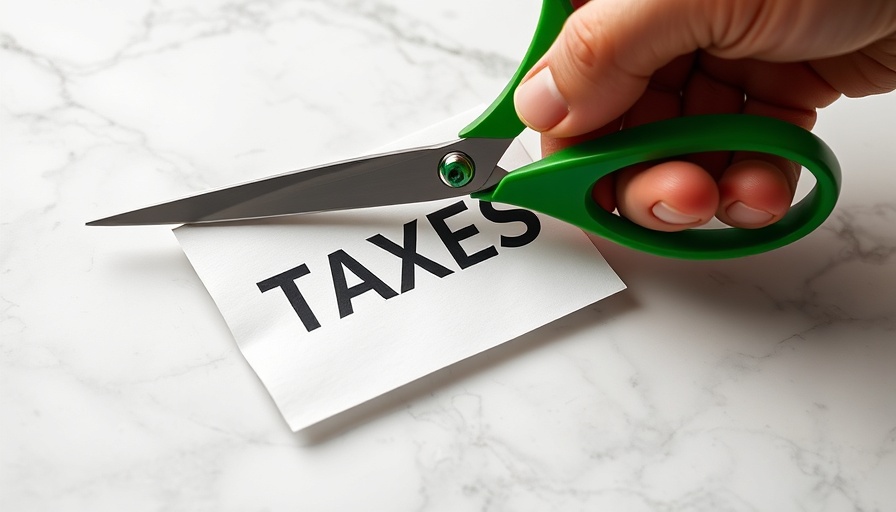
Understanding Tax Debt Relief: Your Guide to Finding Help
Tax season can bring a wave of stress, especially when staring down an affordability barrier. You’re not the only one struggling with tax debt; however, the IRS has various programs designed for relief, particularly for those facing financial hardships. It’s essential to act swiftly and comprehend the available options.
Finding the Right Payment Plan
If you owe $50,000 or less, the IRS allows you to create a streamlined installment payment plan without extensive financial documentation. This simplicity is beneficial; however, it’s crucial to be current with your tax filings. For larger amounts, be prepared to provide financial details. With a payment plan, consistent monthly payments help alleviate the burden, easing your long-term financial health and helping keep penalties at bay.
Offers in Compromise: A Potential Lifeline
Imagine being able to settle your tax debt for less than you actually owe. That’s what the Offer in Compromise (OIC) program offers—an opportunity for those who can prove that full payments create unmanageable hardships. To initiate this process, submitting Form 656 along with a $205 filing fee is required.
This relief option permits either a lump-sum settlement or a payment plan extending from six to 24 months. Keep in mind that showcasing your financial condition through Form 433-A or B is crucial, as the IRS will analyze your income, expenses, and liabilities as part of this proposal.
The Risks of Ignoring Tax Debt
It’s vital to understand the implications of ignoring tax debt. If you fail to engage with the IRS, aggressive actions such as wage garnishments, levies on bank accounts, and liens on property can severely disrupt your financial life.
Federal law allows the IRS to garnish wages and seize assets if no action is taken. Once they issue a "Final Notice of Intent to Levy," you have just 30 days to respond. Ignoring this could lead to serious financial fallout, underscoring the need to actively communicate and seek relief options as soon as tax bills arise.
Utilizing Currently Not Collectible Status
The IRS has a safety net called “Currently Not Collectible” (CNC) status. This status halts aggressive collection efforts if payment poses undue economic distress. While this option provides temporary relief, it’s important to note that interest and penalties still accrue. Regular reviews of your financial situation by the IRS may see collections resume if circumstances improve.
Debt Management Strategies for Financial Recovery
While tax relief is vital, it’s equally imperative to address other debts. Embracing debt management strategies can greatly help. Whether you’re looking into debt repayment strategies, consolidating credit card debts, or leveraging personal loans, employing structured plans promotes long-term financial health.
Consider using debt repayment calculators to devise a personalized strategy. Options such as the debt snowball or avalanche methods allow for targeted debt payoff with measurable success. Keeping an eye on your debt-to-income ratio is also important, as it influences your financial trajectory.
Building Credit While Paying Off Debt
Managing debts responsibly not only helps navigate your current situation but also lays the groundwork for a healthier financial future. Understanding the impact of debt on your credit score, using credit counseling services, and timely repayments can contribute positively.
Rebuilding your credit after overcoming debt is achievable through disciplined financial habits. Explore credit repair agencies if needed, and prioritize actions like negotiating lower interest rates with creditors.
Your Path to Financial Stability
Finding tax relief can feel daunting, but with a proactive approach and understanding of available options, you can alleviate burdensome debts and regain financial stability. The synergy of working directly with the IRS, employing debt management techniques, and emphasizing financial literacy equips you to take control of your financial health.
In a world where financial pressures seem unrelenting, staying informed and engaging with available resources can empower your journey towards financial wellness. Take these initial steps today to embark on your journey to a debt-free future.
 Add Row
Add Row  Add
Add 



Write A Comment